Champagne Charles Heidsieck
Tasting 23 February 2020 with the Springfield Champagne Group, Adelaide, South Australia
written and conducted by Kaaren Palmer
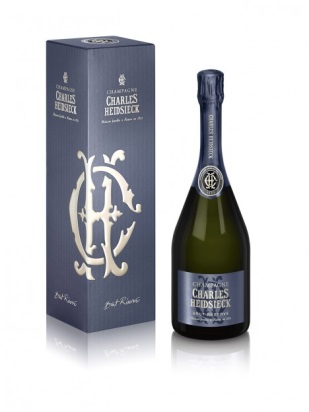
image copyright source click here
tasting notes
for this tasting please click hereCopyright © text and tasting notes
Kaaren Palmer Champagne 2020
all rights reserved.
Champagne Charles Heidsieck – the ‘champagne of the cognoscenti’, the house most often mentioned by many champagne makers as a wine they love to drink, and by the growers as the house they most admire…
Here’s what critics have written:
‘Today regarded as the best value, most consistent, greatest quality NV champagne… could easily sell for prices approaching Krug.’ Tom Stevenson, The World of Fine Wine.
‘Daniel Thibault’s miraculous transformation of the Brut Reserve amazed everyone by its succulent, rich, vanilla flavour (especially as the wine never sees wood); the only question was how long he could maintain this quality. It is just as exciting now as it was then, and the character of the wine is remarkably consistent with each new cuvee.’ Wine and Spirit International Champagne Supplement
‘one of the finest NVs on the market, and a masterpiece of blending’ Peter Liem
‘fuller, richer and more complex than nearly any standard non vintage cuvees’ Nicks
Charles Heidsieck might be nicknamed Poor Man’s Krug given the astonishing number of vintages in the reserve wines, their age (10 years in tank), and the seven years the wine spends on lees once blended and bottled. It is an exceptional wine in the mouth, supple, layered, complex and long. 96 points
James Halliday – Australian Wine Companion
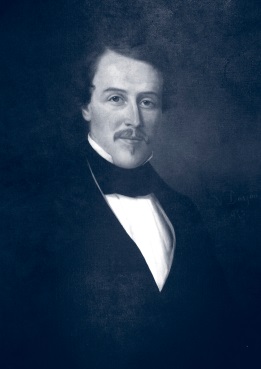
Charles-Camille Heidsieck, aka Champagne Charlie
image source and copyright click here
Florenz-Ludwig Heidsieck, aka Florens-Louis Heidsieck (the French re-naming of a German name), was born in 1749. The son of a Lutheran pastor from Westphalia, north-western Germany, in 1777 he travelled to Reims where he was very impressed by the wool and wine trades – as well as by his business friend’s daughter, Agathe. Their marriage occurred soon afterwards. His own wool and wine business, created Heidsieck & Co. in 1785, shortly turned solely to champagne-making.
The expansion of the business resulted in a requirement for more labour. Consequently, having lost his only child at a young age, Florens-Louis prevailed on four of his numerous German nephews to join him. Accordingly, in 1811, nephew Charles-Henri, then aged 21 arrived to work in Reims. On the firm’s behalf, he was sent to Russia, where his magnificent white horse drew approbation and notoriety, if not plentiful sales. In 1818, he married a Catholic (horror!), so he was disinherited. Consequently he joined his in-laws, the Henriots, in their cloth and wine business. Four years later, his son, Charles-Camille Heidsieck, was born, although Charles-Henri only survived two more years.
Florens-Louis died in 1828. At maturity, his great-nephew, Charles-Camille accepted an offer to work on the Piper-Heidsieck (Florens-Louis’ widow’s) side of the family for a couple of years, but he left after he married in 1851 to found his own champagne house with brother-in-law, Ernest Henriot.
From 1852, with a lust for adventure possibly inherited from his father, the New World beckoned and Charles-Camille frequently travelled to the US, where he successfully promoted himself and his champagne. He was feted not just for his elegance and chic as a dandy and man of fashion, but for his fine gun collection and excellent hunting and shooting skills. ‘Champagne Charlie’ was the toast of the US north and south, a desirable guest everywhere, and the embodiment of the music-hall song which was created to celebrate his mystique and legend. His champagne sales leapt ahead. ‘There is a rumour about me, an excitement, as they say, that we will greatly benefit from,’ he wrote to his wife.
The American Civil War (1861-65) disrupted business considerably. Hoping to collect his debts, Champagne Charlie travelled to the southern states, narrowly escaping death a number of times. Captured by the unionists while carrying a diplomatic pouch containing invoices for southern army uniforms, he was imprisoned as a spy. Conditions were so bad that by the time his release was secured four months later, he was in very poor health. Nevertheless, Champagne Charlie was able to collect some moneys to fund his return by purchasing two ships, hoping to sell the cheap cotton that he’d also bought. One ship sank, and the cargo from the other was found to be unsaleable. Then his main American agent went bankrupt, and, on his return home, Champagne Charlie found his business near collapse. By the time his own son, Charles-Eugène, succeeded him, the enterprise had not yet fully recovered.
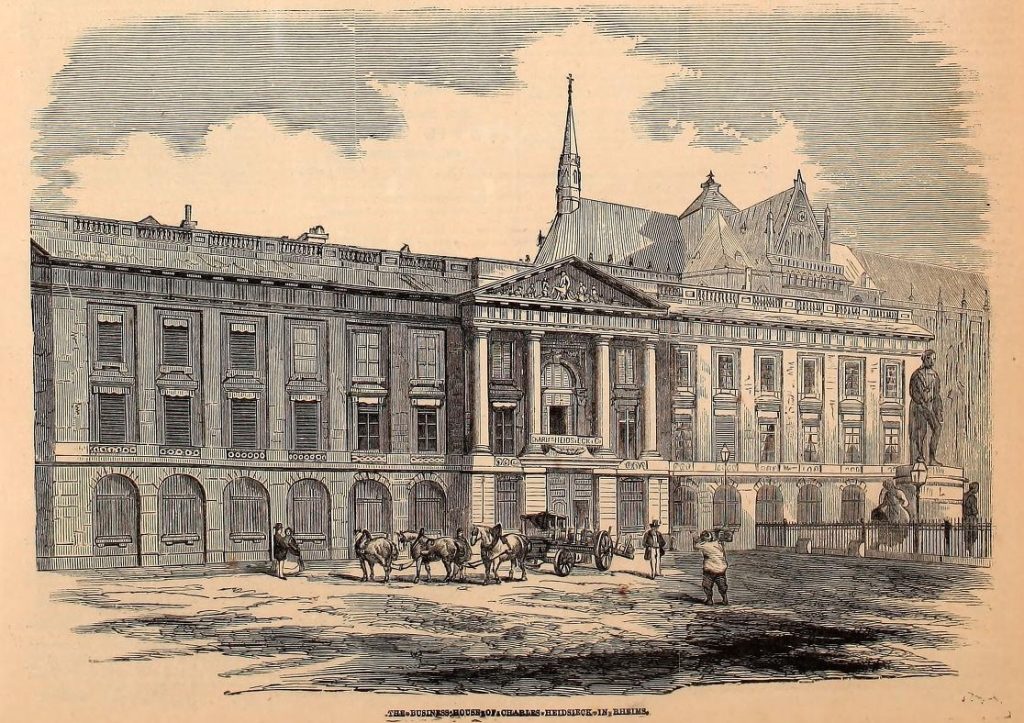
’The Business house of Charles Heidsieck in Rheims’. Reims’ cathedral is in the background. Published 28th January 1860 in Frank Leslie’s Illustrated Newspaper, a New York published magazine of the time. Uploaded to Wikimedia Commons by user Shyamal but originally from the public archive ePub.
image source and copyright click here
But 1867 brought a new twist! The brother of the bankrupt former American agent contacted Charlie’s son, Charles-Eugène, via an intermediary, offering settlement, which included property in Denver, to compensate for the long outstanding accounts. As a result, the champagne house could pay all its debts and engage in expansion, including the purchase of forty-seven thirty-metre-deep crayères, eight kilometres in length, on the outskirts of Reims. These crayères maintain a temperature of ten degrees.
Champagne Charlie died in 1893, but not before Champagne Charles Heidsieck had become the official supplier to many European courts, and was sold throughout the world. Subsequently honour, glory, and adventure awaited. The champagne found its way to one of Scott’s last campsites near the South Pole in 1911, and to the US during prohibition in the 1920s. Dali created art based on its packaging, Eisenhower opened it for the Queen when she visited America; and it was served at the Elysée Palace.
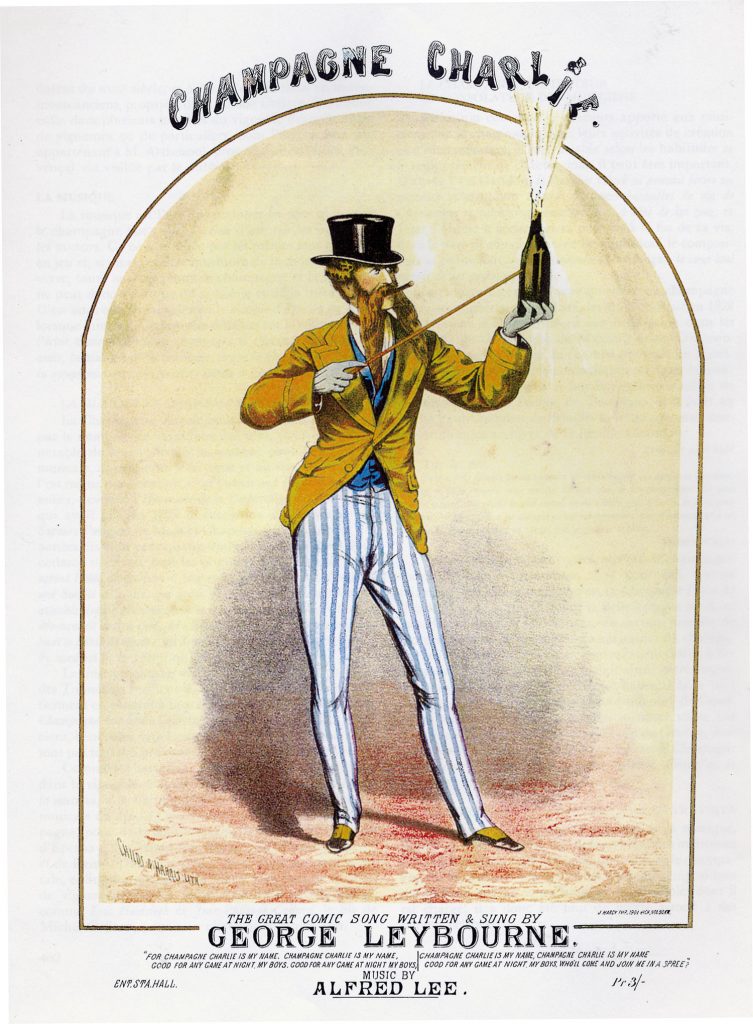
image source copyright click here
In 1976, the house was acquired by Joseph Henriot, a rather serendipitous and poetic occurrence considering the earlier association with the Henriots. When Henriot acquired Charles Heidsieck, cellar master Daniel Thibault, originally from a grower family in Verneuil, was made cellar master. He’d studied oenology at the University of Reims and cut his teeth at Henriot from 1973. He stayed at Charles after the house was sold together with Piper-Heidsieck, to the Rémy Cointreau group in 1985. At this stage, Charles Heidsieck’s sales were as large as those of Veuve Clicquot. But, unlike Clicquot and Krug, which were acquired by LVMH, growth wasn’t to be part of its further history for some time.
While sales at Piper provided the cash, sales at Charles were allowed to drop while Thibault was permitted to build up stocks of reserve wines across 120 separate crus carefully stored in stainless steel tanks at 15-16 degrees to safeguard their freshness. Thibault’s goal was for 40% of reserve wines to be part of Champagne Charles Heidsieck’s NV blends, and it was this move that was responsible for defining the complex and rich style which resulted. The reserves were also to range across at least 7–8 vintages or more, in comparison with the 2–3 vintages used in most houses. Perhaps, rather than contemplating the commercial bravery of the new direction that the House was taking from respectability to excellence, the normally business-oriented Rémy Cointreau were concentrating more on their ownership of the prestigious house of Krug. Or perhaps it was a long-term plan to approach Krug in both quality and price.
Thibault’s other idea was to display the year that the champagne was blended on its label, as well as the disgorgement date. And obviously, the year of the base vintage is the year prior to blending, so the savvy consumer may easily discern both base vintage and time on lees. And the time on lees was planned to be at least three years, equal to the minimum for vintage wine, and far in excess of the time stipulated for NV.
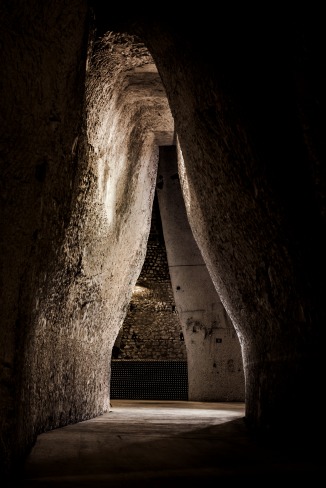
Crayère N°9 appartement à Charles Heidsieck
image source copyright click here
tasting notes
for this tasting please click hereCopyright © text and tasting note
Kaaren Palmer Champagne 2020
all rights reserved.
copyright © text and tasting sheets
Kaaren Palmer 2020
